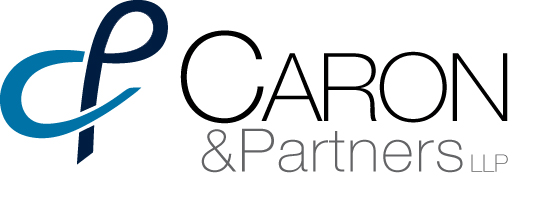Prepared By Dan Gilborn
The content of this article is intended to be informational only. We caution you against using or relying upon any information contained in this article without first seeking legal advice regarding your particular matter. All matters arising from the use of our website, including this article, shall be governed by Alberta law and shall be within the exclusive jurisdiction of the courts of Alberta.
Introduction
This article deals with general civil litigation in the Court of Queen's Bench of Alberta. As civil procedure is complex, this article is only intended to give a general overview of a typical civil action.
There are generally three stages to a typical civil action in the Court of Queen's Bench of Alberta: the pleading stage, the discovery stage and trial.
The Pleading Stage
Typically a civil action is commenced by the filing of a Statement of Claim by one or more "plaintiffs". A plaintiff is a person who is making a claim.
The Statement of Claim names the parties being sued. These parties are "defendants". The Statement of Claim sets out the claim or claims being made by the plaintiff(s) against the defendant(s). The Statement of Claim also sets out the relief that the plaintiff is claiming against the defendant. After a Statement of Claim has been filed it must be properly served on the Defendant.
Once served with a Statement of Claim, if the Defendant wishes to defend the claim, the Defendant must file a Statement of Defence. Failure to file a Statement of Defence may result in a default judgment against the Defendant. The Statement of Defence responds to the claims made in the Statement of Claim. The Statement of Defence must be filed and then properly served on the Plaintiff.
The Statement of Claim and the Statement of Defence are known as "pleadings". Other documents such as Counterclaims, Defences to Counterclaims, and so on, are also pleadings. The pleadings define the nature and scope of the lawsuit.
The Discovery Stage
Once the pleadings have been exchanged, the next step is typically the discovery process. The discovery process consists of two parts: document discovery and oral discovery.
Document discovery is the process whereby the parties are required to list and produce the documentsthey have which relate to the lawsuit. The documents are listed by each party in an Affidavit of Records. The other parties to the lawsuit are entitled to view and take copies of documents listed as producible documents in another party's Affidavit of Records.
Oral discovery is the process whereby parties are questioned under oath before a court reporter. Each party is entitled to question the other parties about their respective claims and defences. The questions and answers are recorded by the court reporter and transcripts are made available.
The object of the discovery process is to enable the parties to learn about each other's case to facilitate possible settlement and to avoid surprise if the matter proceeds to trial.
Trial
Ultimately, if the matter is not settled by the parties, trial will result. Trial is the process whereby each party calls evidence to prove their respective claims or defences as the case may be. Trials are generally conducted before a judge sitting alone without a jury. The judge hears the evidence and decides what evidence to accept, reject or prefer over other evidence. Ultimately the judge decides the case, subject to any appeal that may be taken afterwards.
From the pleading stage to trial, a typical civil action will take 2-5 years.
For further information about litigation, please do not hesitate to contact us.

